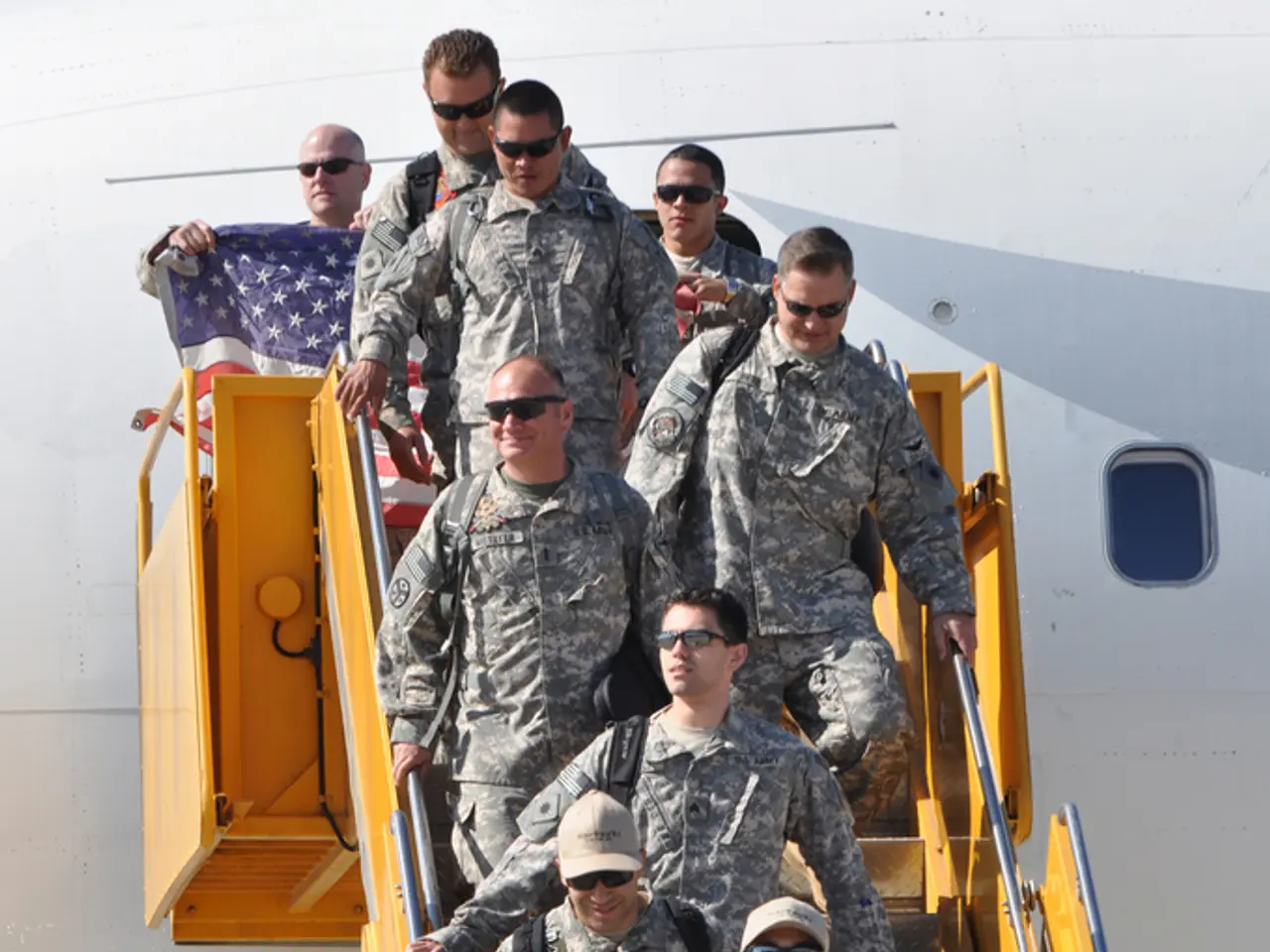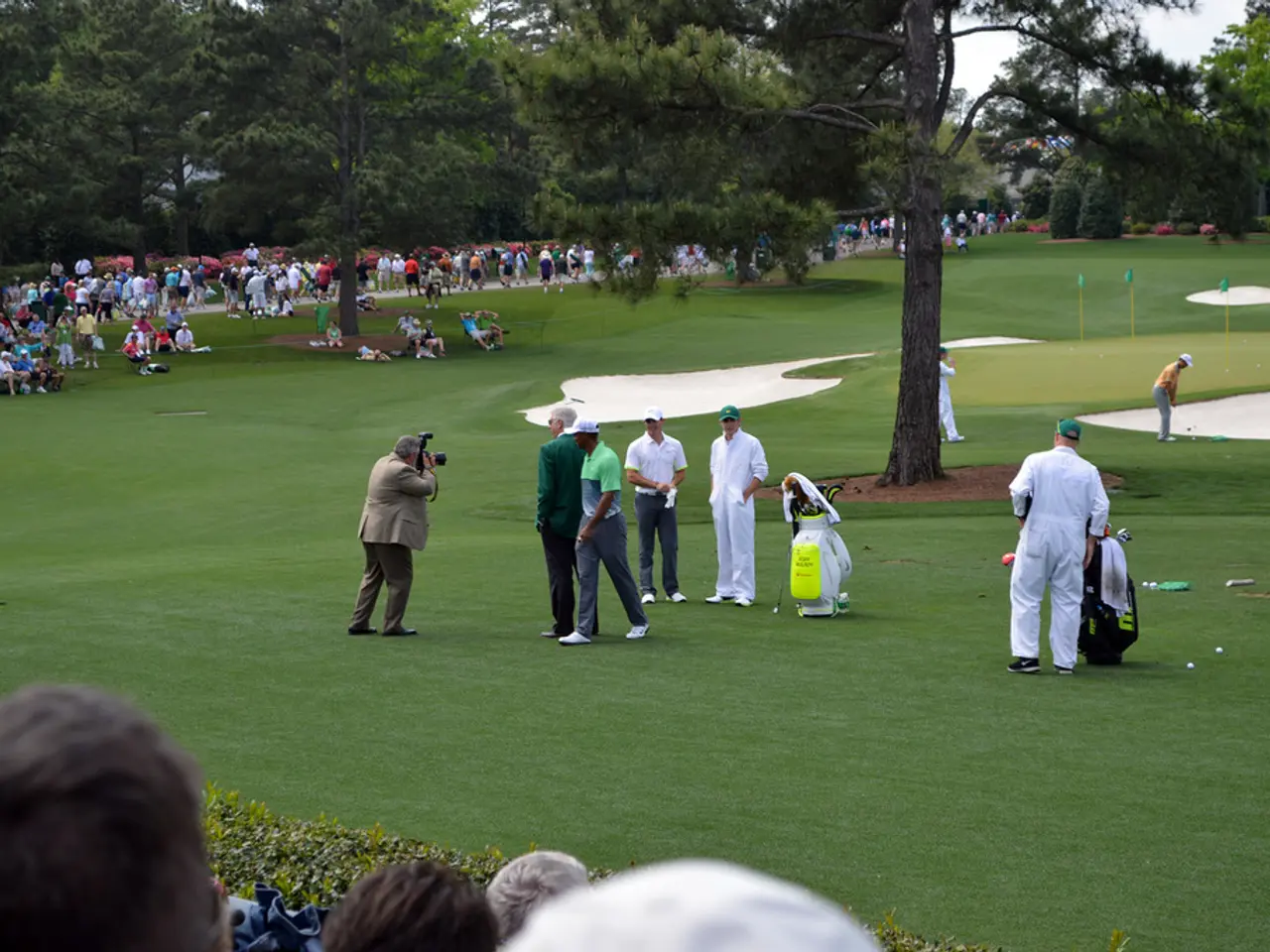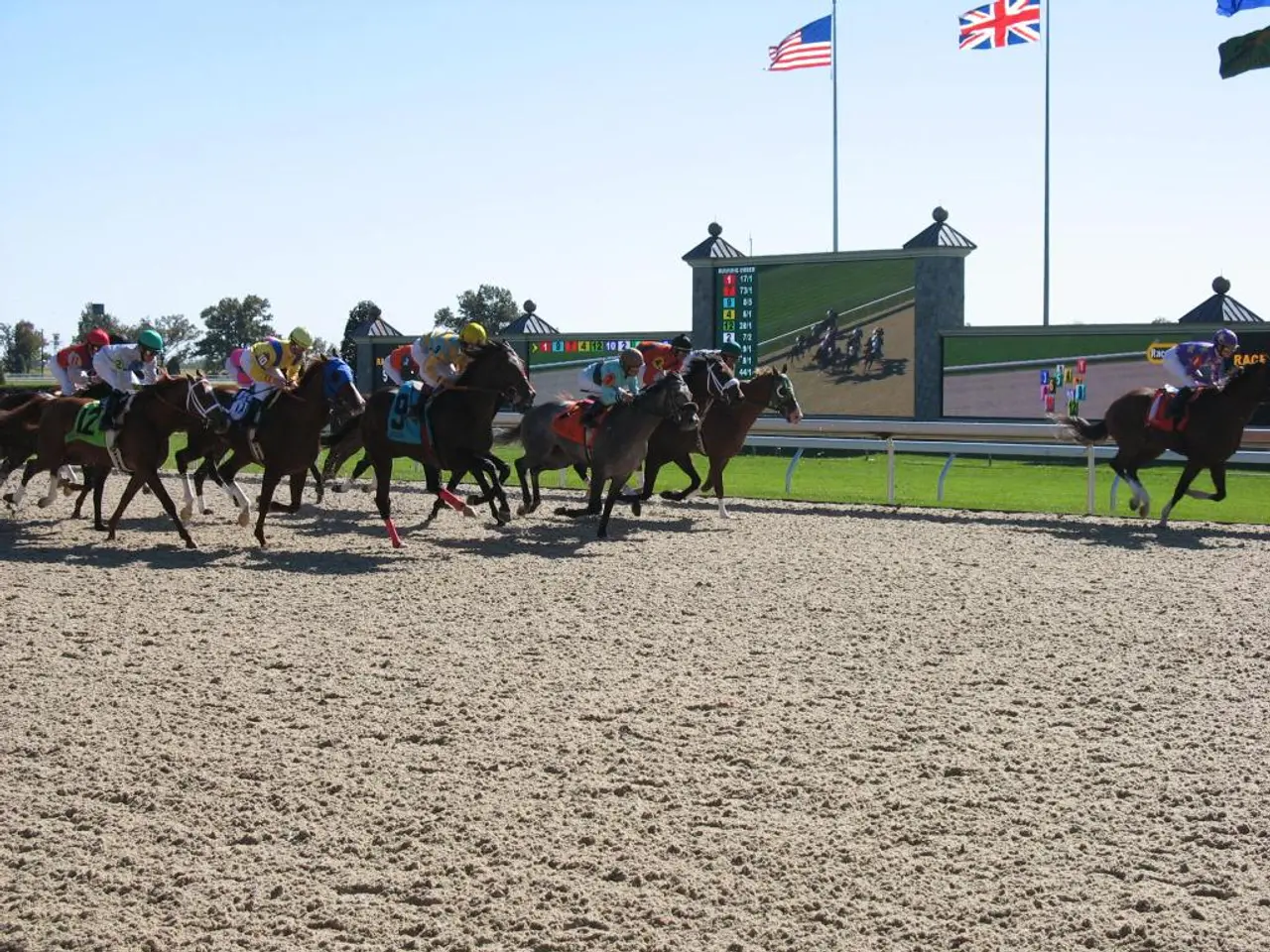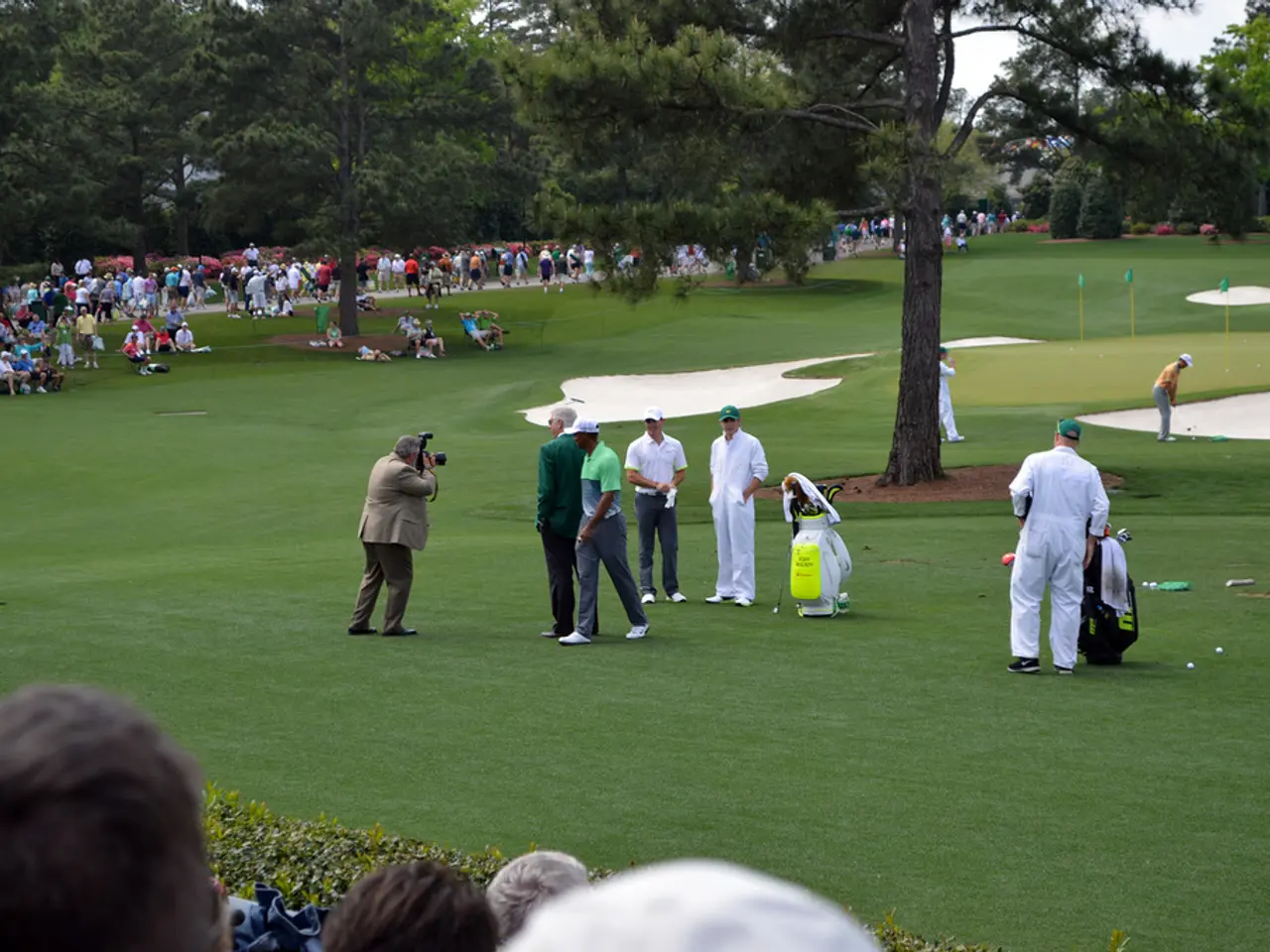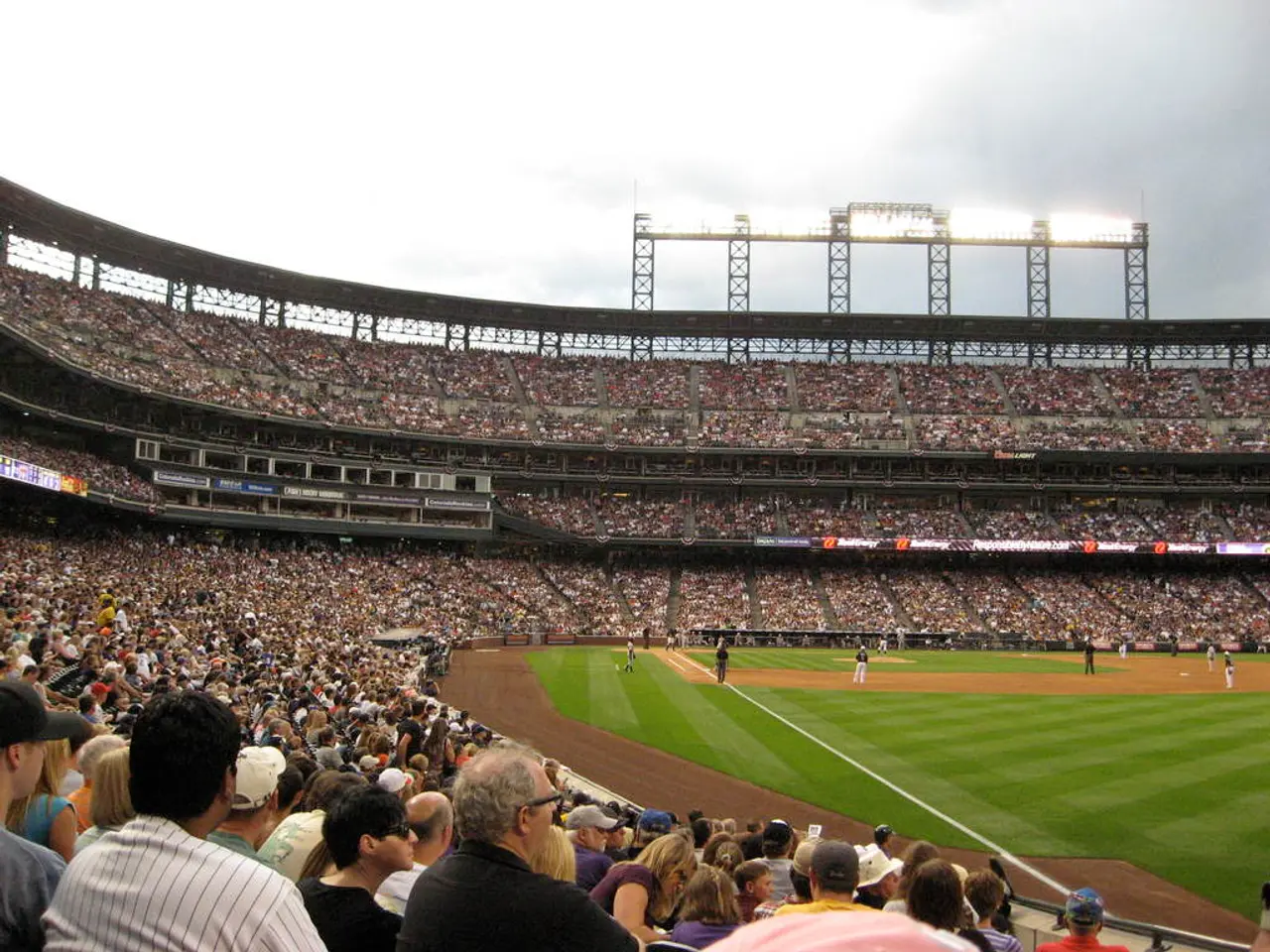Helicopter pilots potentially impaired by night vision goggles prior to collision with jet, according to experts' input to the National Transportation Safety Board
The National Transportation Safety Board (NTSB) has released its findings on the January collision between a US Army Black Hawk helicopter and an American Airlines passenger jet near Washington, D.C. The incident, which resulted in the tragic loss of seven lives, was caused by a combination of factors including the helicopter flying above its prescribed altitude limit, limited peripheral vision from night vision goggles, and shortcomings in air traffic control (ATC) coordination and communication.
Investigators found that the Black Hawk was flying higher than the 200-foot altitude limit for its route near Ronald Reagan National Airport. The helicopter pilots, wearing night vision goggles, may have struggled to visually detect and maintain safe separation from the approaching jet due to limited peripheral vision. Both pilots claimed to have the jet in sight and requested visual separation approval from ATC shortly before impact, but the collision occurred about 20 seconds after controllers granted that authorization.
Air traffic control played a critical role in the chain of events. Controllers had asked the jet if it could use a shorter runway, resulting in the plane adjusting its approach path near the helicopter’s route. Shortly before the crash, an ATC controller notified the helicopter of the converging traffic and asked if it had the jet in sight, enabling the helicopter pilot to request visual separation clearance. However, a transmission from the tower instructing the helicopter to fall behind the jet may have been missed or overlapped by the helicopter pilot's keyed radio, missing critical separation instructions.
The FAA has faced criticism for failing to address longstanding safety concerns in this airspace. The NTSB revealed there had been 85 dangerous close calls between planes and helicopters near Reagan National in the preceding three years, with collision alarms triggering at least once a month since 2011. After the crash, the FAA permanently banned the helicopter route near that runway when planes are landing there. The NTSB also sharply criticized the FAA’s management of helicopter routes and the lack of enhanced safety measures in the congested airspace.
In a post-crash interview, the unidentified controller said they weren't sure that alerting the jetliner would have changed the outcome. FAA officials testified that an air traffic controller should have warned the passenger jet of the Army helicopter's presence. The challenge of distinguishing the plane from lights on the ground was another issue during the collision. The crew was flying an outdated model that struggled to maintain altitude, and the helicopter pilots did not fully hear the controller's instructions before the collision due to the Black Hawk's microphone key being pressed at that moment.
The NTSB members scolded FAA officials during Friday's hearing for failing to cooperate with investigators. Mary Schiavo, a former US Department of Transportation Inspector General, faulted the FAA for not being responsive to problems. Frank McIntosh, the head of the FAA's air traffic control organization, acknowledged problems with the culture in the tower at Reagan National. The controller did not alert the jetliner, despite being able to see from a window that the helicopter was too close.
Tim Lilley, an aviation expert, expressed concern over the FAA's lack of alcohol testing for air traffic controllers after the crash. The helicopter pilots may not have known where to look for a plane that was landing on a secondary runway, and the Army night vision goggles made it difficult for the pilots to see the plane's colored lights and limited their peripheral vision.
In conclusion, the collision was caused by a combination of the Army helicopter flying too high with faulty altitude information, limitations in the pilots' night vision equipment, communication issues with ATC, procedural gaps in flight path management for helicopters near busy runways, and FAA oversight failures that allowed unsafe conditions to persist despite previous near misses. The NTSB's findings underscore the importance of addressing these issues to prevent similar tragedies in the future.
- The collision between the Army Black Hawk and the American Airlines jet, a tragic incident that claimed seven lives, was mainly attributed to the helicopter flying above its designated altitude limit, limited peripheral vision from night vision goggles, and communication issues with air traffic control (ATC).
- The National Transportation Safety Board (NTSB) revealed that there had been 85 dangerous close calls between planes and helicopters near Reagan National Airport in the preceding three years, with collision alarms triggering at least once a month since 2011.
- The NTSB's investigation also exposed safety concerns in the congested airspace, including procedural gaps in flight path management for helicopters near busy runways and FAA oversight failures that allowed unsafe conditions to persist despite previous near misses.
- Aviation expert Tim Lilley expressed concern over the FAA's lack of alcohol testing for air traffic controllers, a potential issue that surfaced in the aftermath of the crash.
- The NTSB's findings emphasize the importance of addressing these issues to prevent future tragedies, underscoring the need for improved communication, enhanced safety measures, and effective FAA oversight in congested airspaces.
